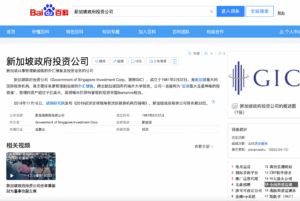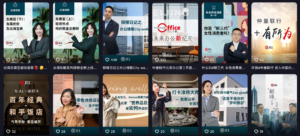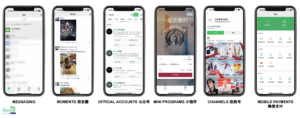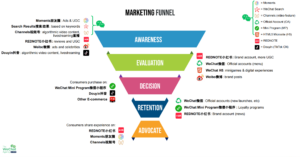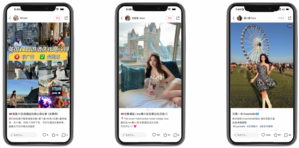Generative Engine Optimization (GEO) is reshaping digital visibility in China. As AI-driven search engines replace traditional keyword-based ranking, brands need to adapt their strategies. Knowing the unique crawling logic of each major AI platform is essential to ensure your content gets discovered, trusted, and recommended.
Below we outline the five leading AI platforms in China, their crawling preferences, and practical GEO strategies to optimize your content.
1. Baidu Wenxin Yiyan: Authority-Driven Crawling
-
Content Preference: Authoritative, official, standardized knowledge.
-
Key Sources: Baidu Baike, Baijiahao, government websites, top news portals.
-
GEO Strategy:
-
Build and maintain Baidu Baike entries with backlinks to in-depth website articles or whitepapers.
-
Publish analysis on Baijiahao with clear policy- or standard-focused titles.
-
Implement JSON-LD structured data across product and article pages.
-
Emphasize compliance with standards directly in your content.
-
2. ByteDance Doubao: Visual Experience Crawling
-
Content Preference: Short videos, practical tips, lifestyle insights.
-
Key Sources: Douyin, Toutiao, ByteDance KOL ecosystem.
-
GEO Strategy:
-
Always upload SRT subtitle files with natural keyword integration.
-
Optimize video covers with direct problem-solving hooks.
-
Split long reports into short-form video series.
-
Cross-post text articles with video links on Toutiao.
-
3. Tencent Yuanbao: WeChat-Centric Crawling
-
Content Preference: Professional insights and authoritative voices inside WeChat.
-
Key Sources: WeChat Official Accounts, Channels, Mini Programs, Zhihu.
-
GEO Strategy:
-
Use WeChat Open Tags to signal professional and authoritative content.
-
Publish expert-led compliance and industry analysis articles.
-
Reference national standards in Zhihu answers.
-
Collaborate with recognized WeChat experts to build trust.
-
4. DeepSeek: Tech and Data-Driven Crawling
-
Content Preference: Academic research, technical documents, structured data.
-
Key Sources: GitHub, technical forums, academic publications.
-
GEO Strategy:
-
Host product documentation and APIs in Markdown on GitHub.
-
Include clean, referenced code blocks.
-
Share Q&A content on CSDN or Zhihu linking back to your docs.
-
Support claims with DOI or authoritative references.
-
5. Kimi: Long-Form Structured Content Crawling
-
Content Preference: Detailed, structured guides and information-dense documents.
-
Key Sources: Xiaohongshu, Douban, PDFs, Word uploads.
-
GEO Strategy:
-
Create content with clear multi-level headings (H1 > H2 > H3).
-
Turn manuals and evaluations into long-form checklists or guides.
-
Keep content concise but data-driven.
-
Use listicle-style formats for clarity and higher parsing accuracy.
-
Final Thoughts
GEO in China is not a one-size-fits-all strategy. Baidu prioritizes authority. ByteDance rewards visual-first storytelling. Tencent favors its closed ecosystem. DeepSeek looks for technical precision. Kimi values long-form structured analysis.
By tailoring your content to each platform’s crawling logic, you maximize your brand’s discoverability and credibility. GEO is no longer an optional tactic—it is the foundation of winning visibility in the age of AI-driven search.
Want to future-proof your brand’s presence in China? Contact us today to design a GEO strategy tailored to your business.



